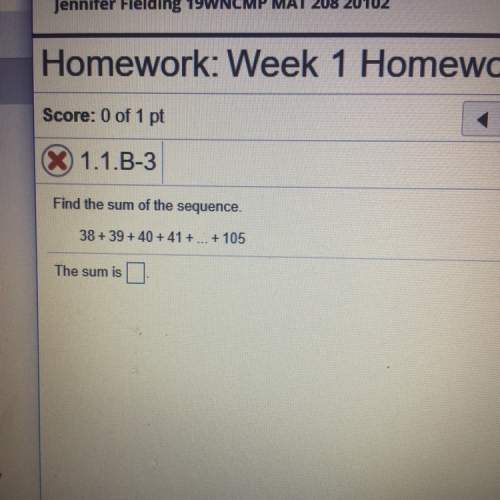
Mathematics, 30.11.2020 22:00 love123jones
Trapezoid K prime is the image of trapezoid K after a series of transformations. On a coordinate plane, trapezoid K has points (negative 4, 0), (negative 4, 4), (4, 4), (2, 0). Trapezoid K prime has points (negative 3, negative 1), (6, negative 1), (6, negative 7), (negative 6, negative 7). Bella and Marco described the sequence of transformations in different ways. Bella’s Sequence Marco’s Sequence 1. a dilation of trapezoid K by a scale factor of Three-halves with the origin as the center of dilation 2. a rotation of 180 degrees about the origin 3. a translation of 1 unit down 1. a reflection of trapezoid K across the x-axis 2. a dilation by a scale factor of Three-halves with the origin as the center of dilation 3. a translation of 1 unit down Which sequence or sequences are correct and why? Only Bella is correct. Only Marco is correct. Both Bella and Marco are correct because both chose the correct scale factor for the dilation and both describe other transformations that could be used. Neither Bella nor Marco is correct because the scale factor they chose for the dilation is incorrect.

Answers: 1


Other questions on the subject: Mathematics

Mathematics, 21.06.2019 17:30, paiged2003
The jewelry store is having a sale. necklaces that were regularly priced at $23.50 are on sale for $18.80. what is the percentage of decrease in the price of necklaces?
Answers: 1

Mathematics, 21.06.2019 20:30, GreenHerbz206
Tom is the deli manager at a grocery store. he needs to schedule employee to staff the deli department for no more that 260 person-hours per week. tom has one part-time employee who works 20 person-hours per week. each full-time employee works 40 person-hours per week. write and inequality to determine n, the number of full-time employees tom may schedule, so that his employees work on more than 260 person-hours per week. graph the solution set to this inequality.
Answers: 1

Mathematics, 21.06.2019 21:30, amesha62
In a test for esp (extrasensory perception), a subject is told that cards only the experimenter can see contain either a star, a circle, a wave, or a square. as the experimenter looks at each of 20 cards in turn, the subject names the shape on the card. a subject who is just guessing has probability 0.25 of guessing correctly on each card. a. the count of correct guesses in 20 cards has a binomial distribution. what are n and p? b. what is the mean number of correct guesses in 20 cards for subjects who are just guessing? c. what is the probability of exactly 5 correct guesses in 20 cards if a subject is just guessing?
Answers: 1

Mathematics, 21.06.2019 21:50, Hali07
Determine the common ratio and find the next three terms of the geometric sequence. 10, 2, 0.4, a. 0.2; -0.4, -2, -10 c. 0.02; 0.08, 0.016, 0.0032 b. 0.02; -0.4, -2, -10 d. 0.2; 0.08, 0.016, 0.0032 select the best answer from the choices provided a b c d
Answers: 1
You know the right answer?
Trapezoid K prime is the image of trapezoid K after a series of transformations. On a coordinate pla...
Questions in other subjects:

Mathematics, 31.07.2019 04:30



Chemistry, 31.07.2019 04:30

Social Studies, 31.07.2019 04:30




Spanish, 31.07.2019 04:30




